In today’s episode, I talk about sensory processing basics for SLPs. Currently, the American Occupational Therapy Association recommends that providers use the full term “sensory integration and processing.” This refers to how our brain and body use information from sensations to understand the world. This information comes in through our eight sensory systems: smell, taste, touch, visual, auditory, proprioceptive, vestibular, and interoception. I also discuss the different types of disordered sensory integration and processing that we might see in our students and some tips to help SLPs.
Although occupational therapists are the go-to professionals for sensory information, SLPs can benefit from a basic understanding of sensory processing to create a safe and engaging environment for speech therapy. Sensory integration and processing help our brain and body use information from our eight sensory systems to understand the world. These systems work together and serve multiple purposes.
SLPs can support students with sensory needs by adjusting their practice, advocating for them, co-regulating, and collaborating with occupational therapists. As the episode concludes, additional learning resources are recommended for those interested in further exploring sensory integration and processing.


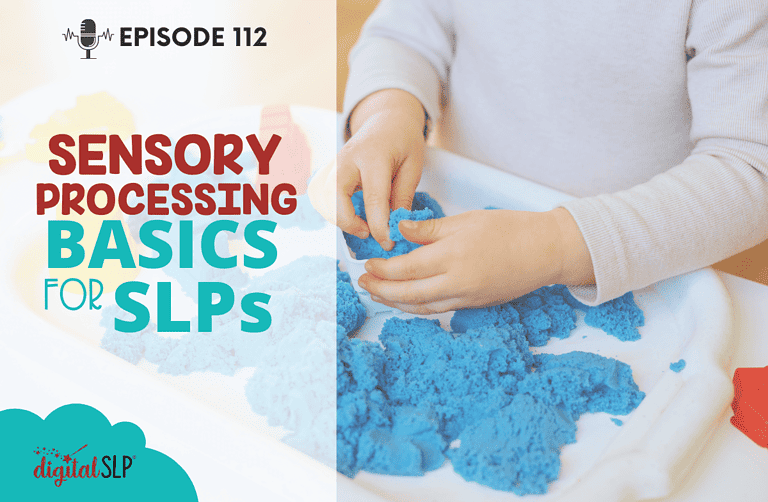



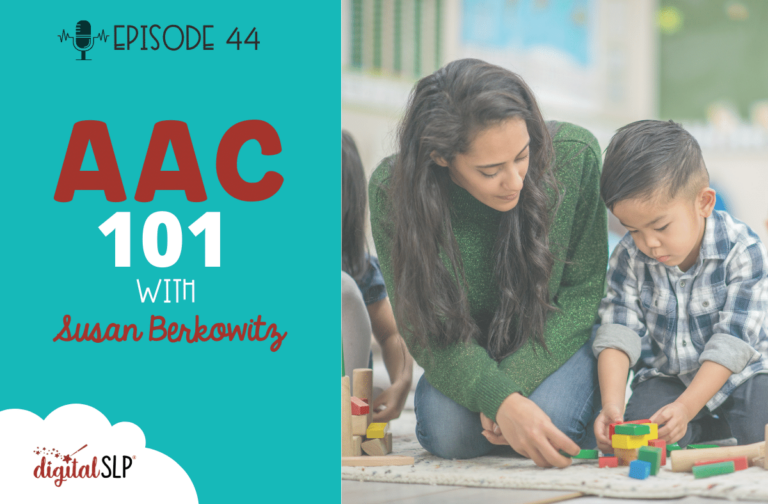
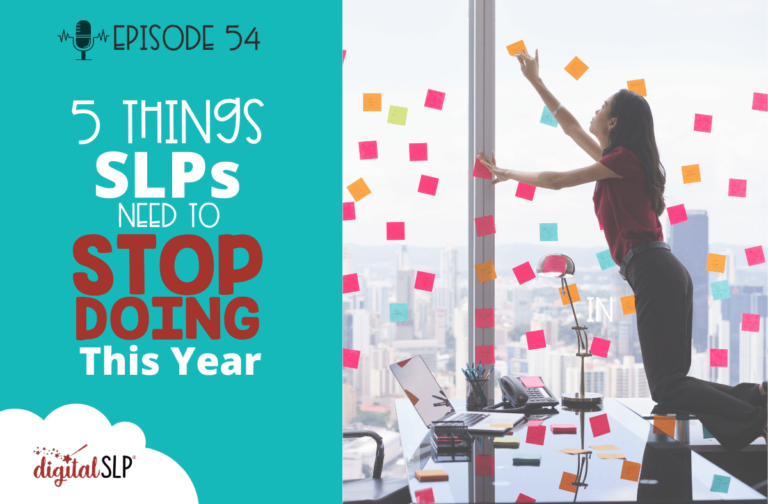

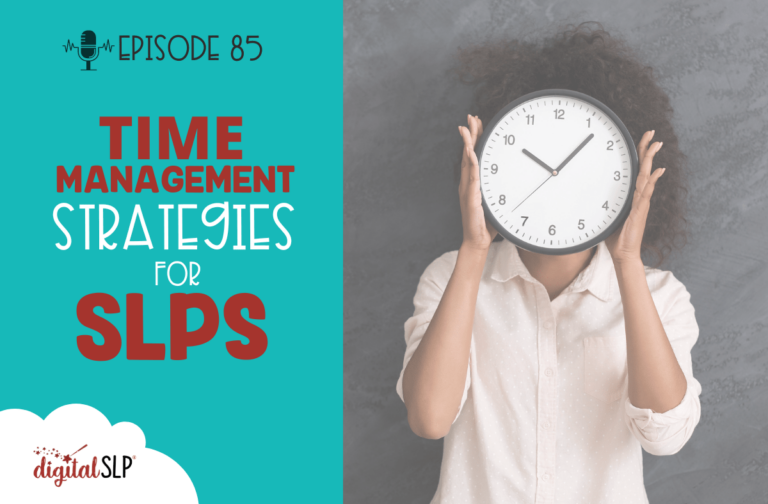
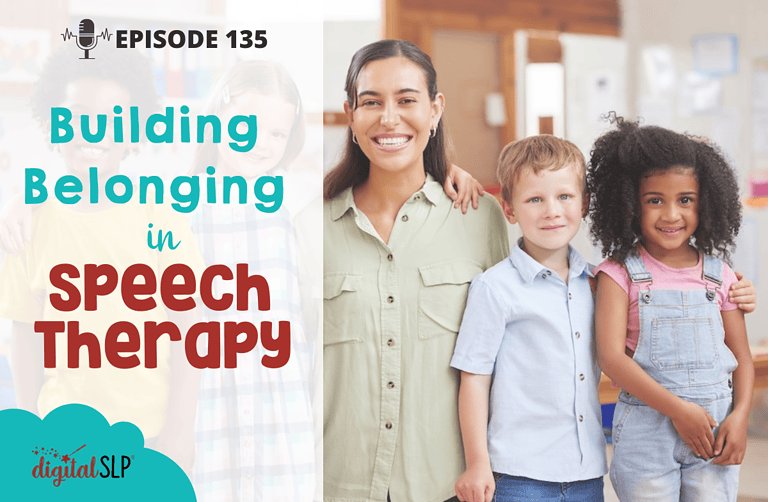
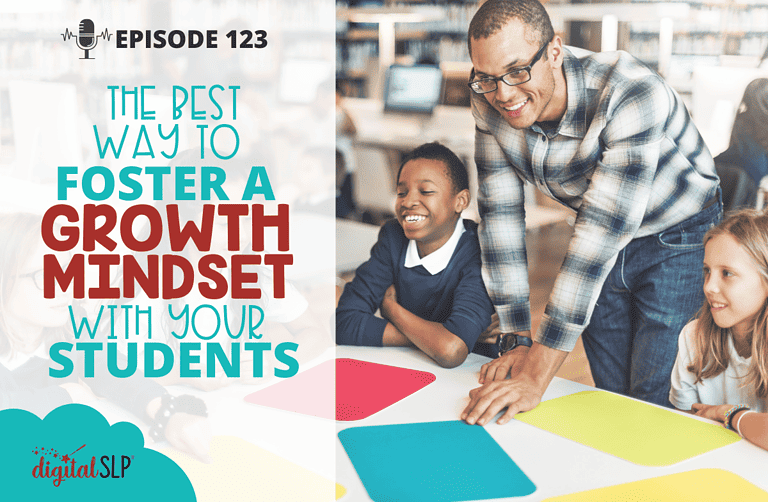

Recent Comments